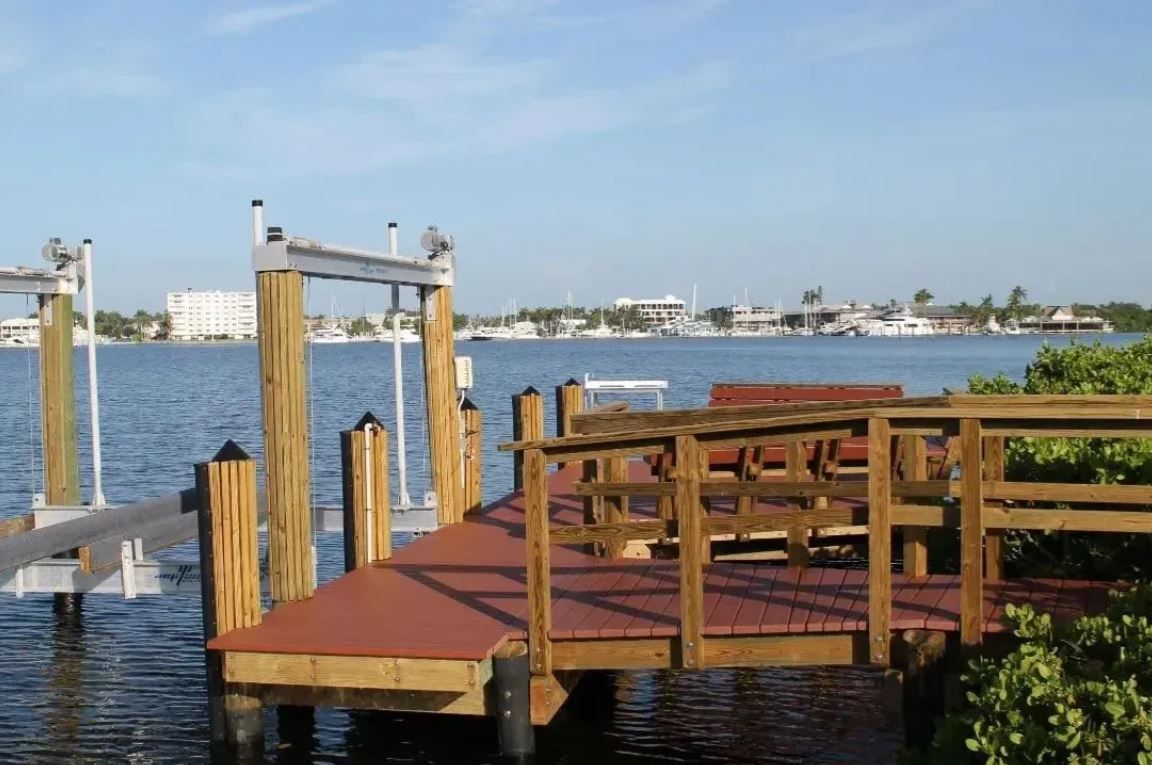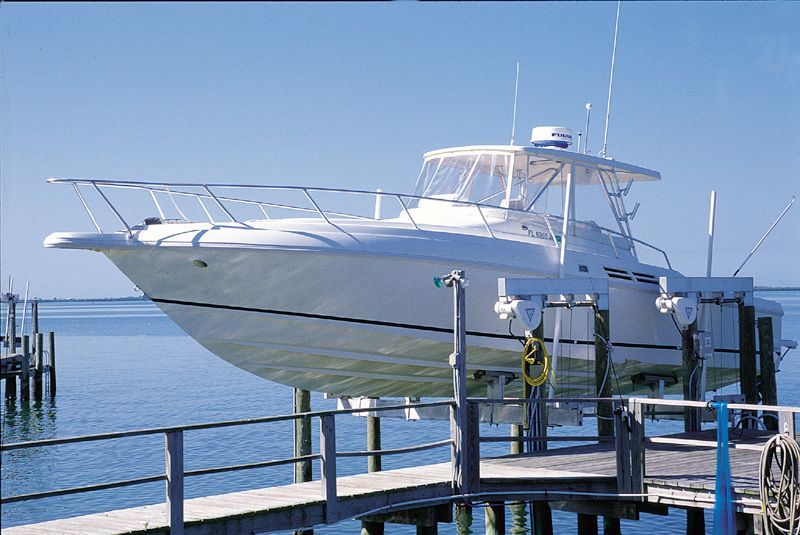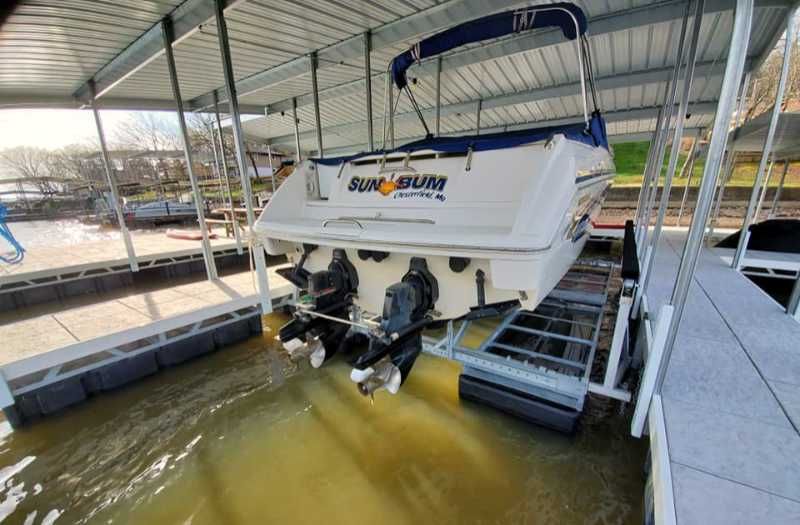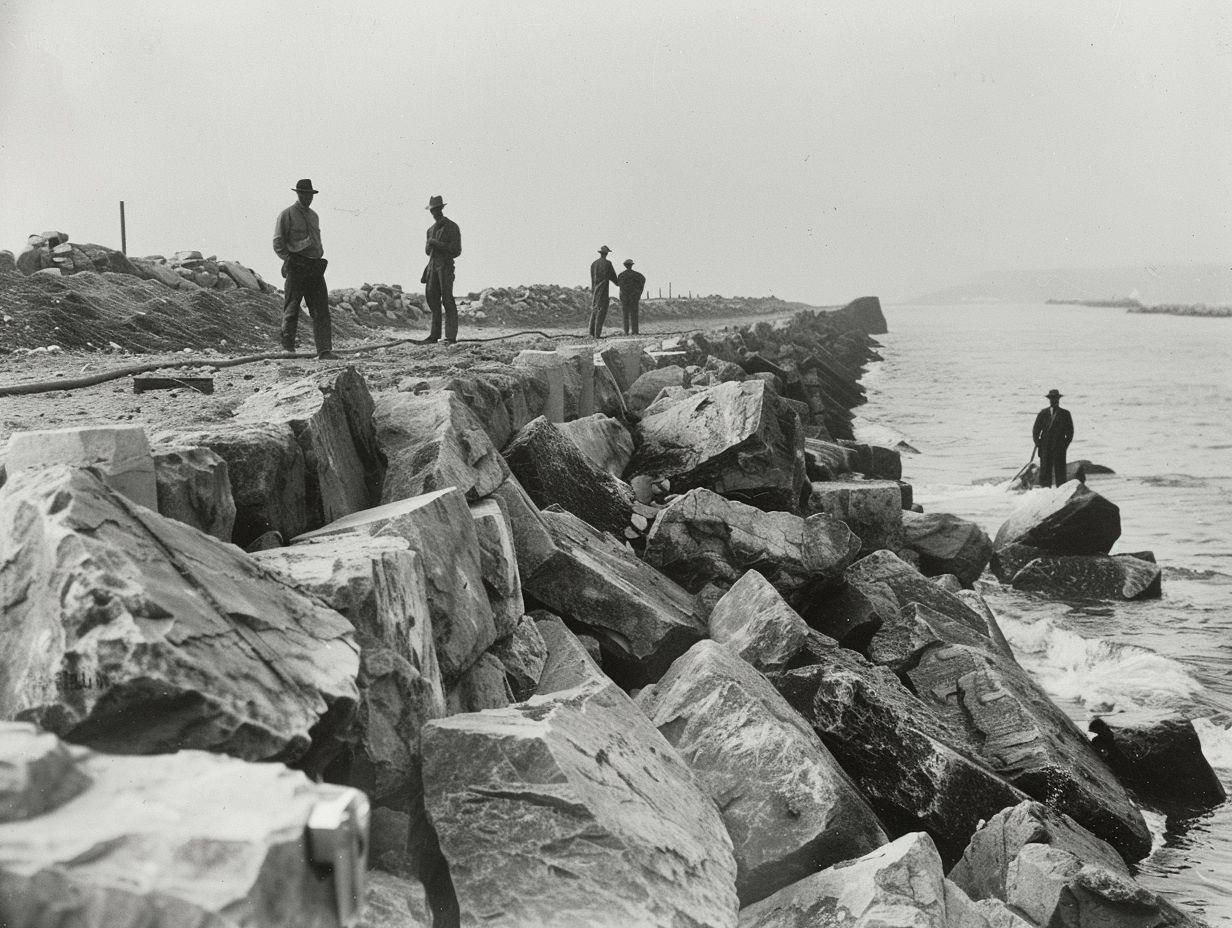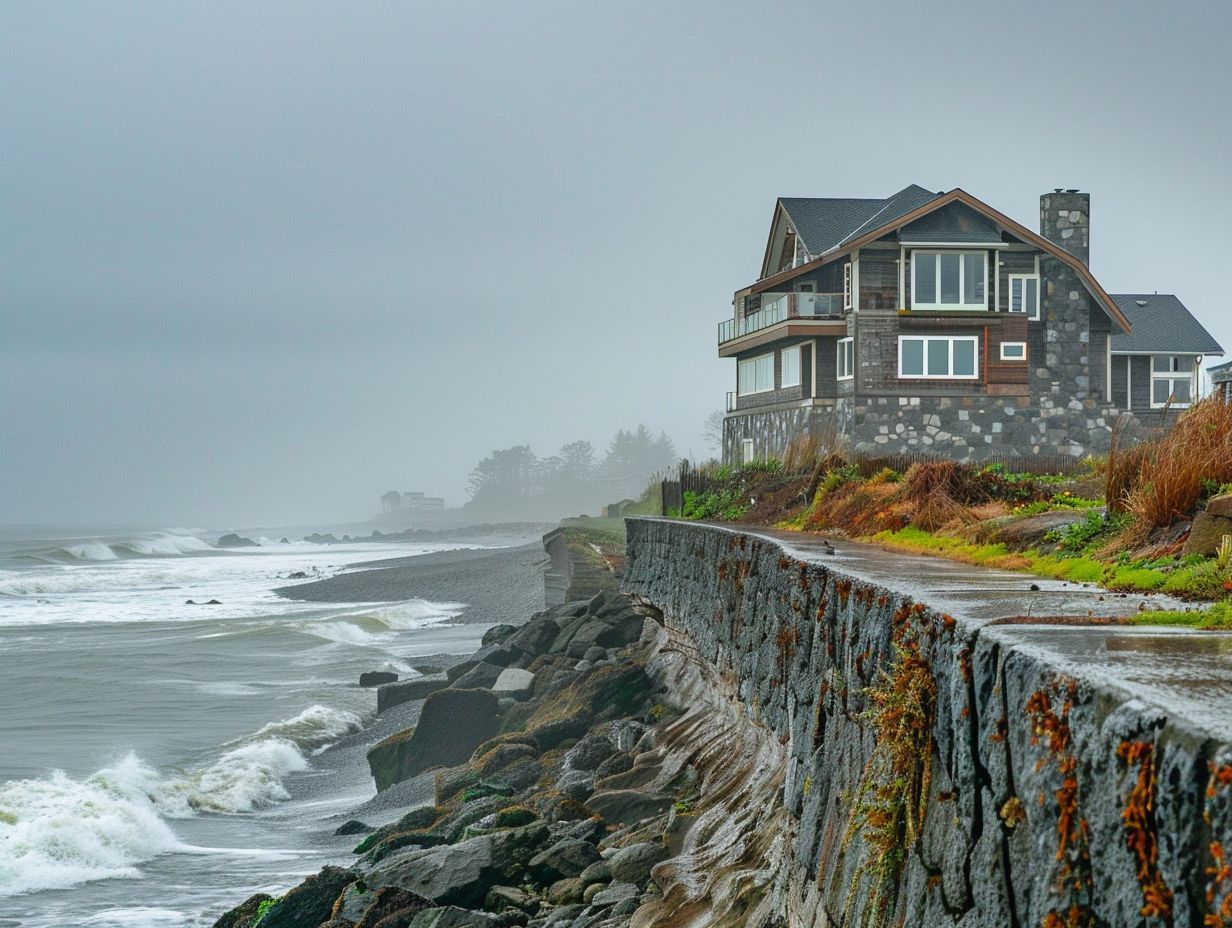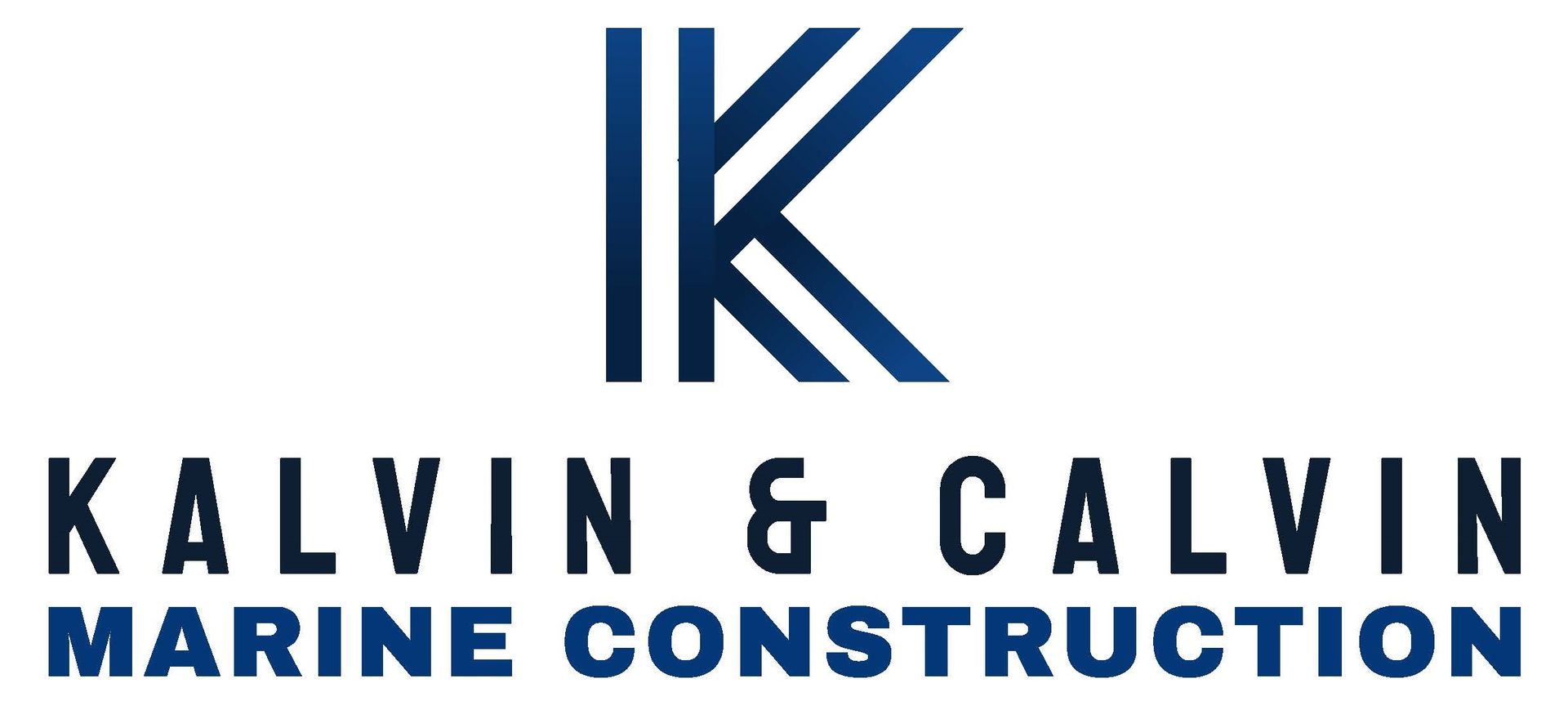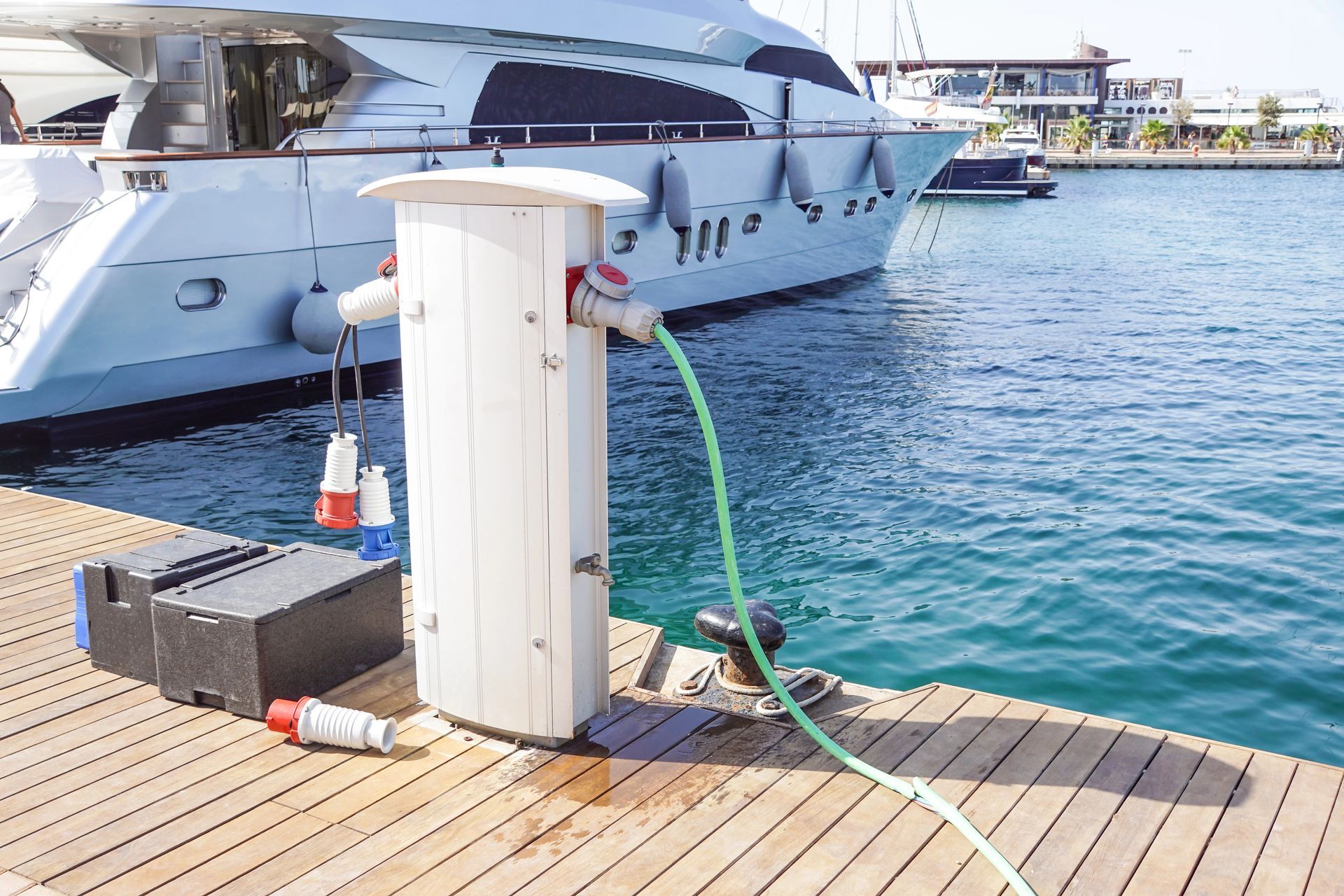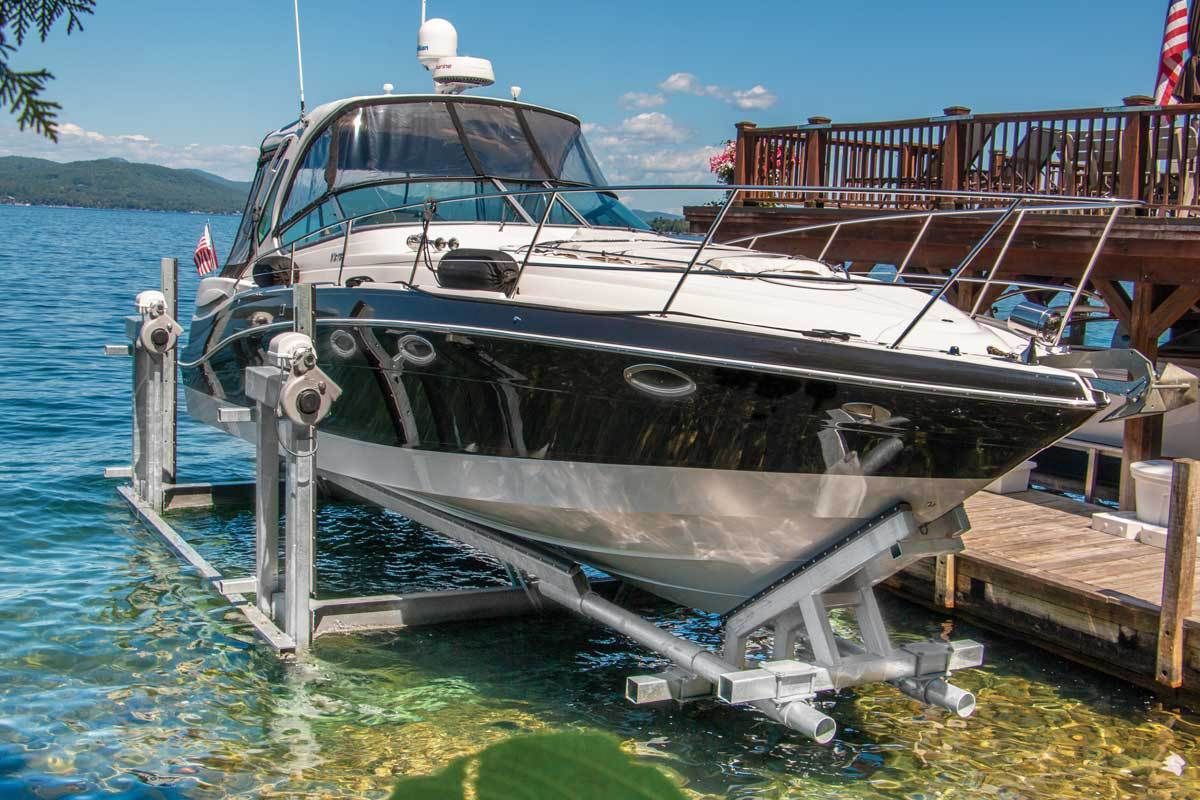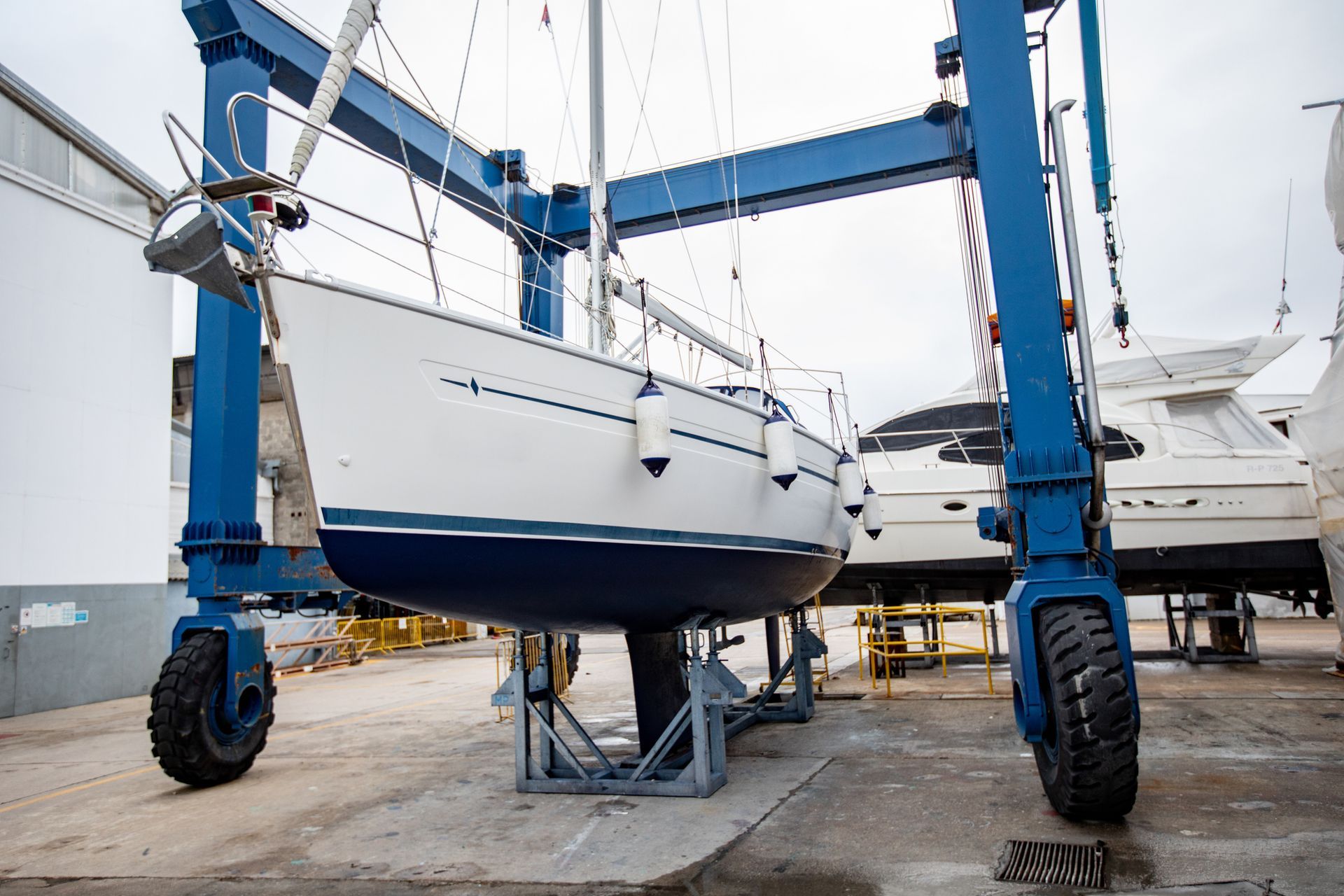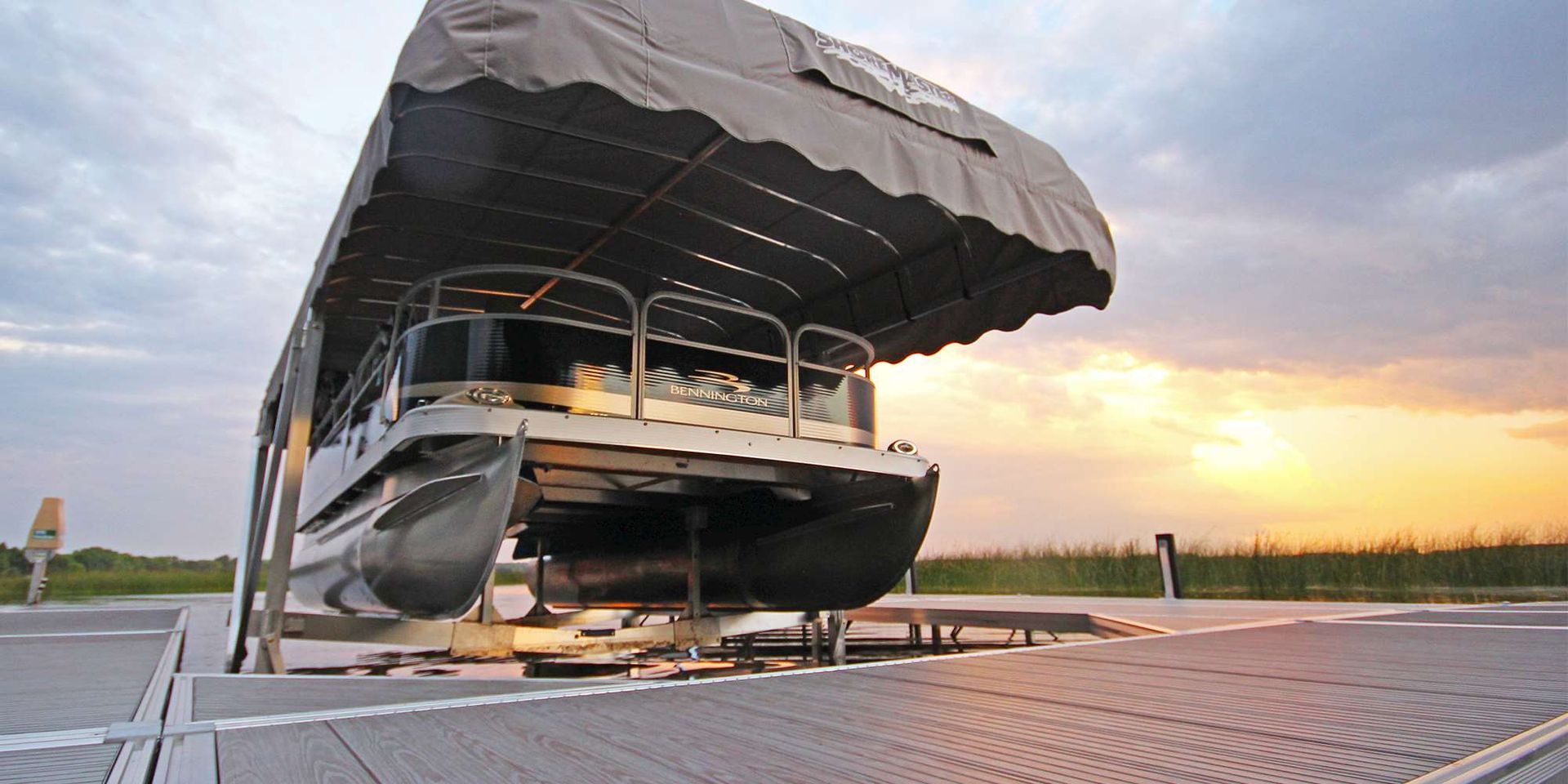What Causes Seawall Damage?
Seawalls play a crucial role in protecting coastal properties from the relentless forces of the ocean. Various factors can lead to seawall damage, compromising their effectiveness. Severe weather conditions, soil erosion, waterline failure, and poor maintenance are just a few of the common causes of seawall damage.
We will explore the importance of seawalls, the effects of seawall damage on property value, signs of seawall failure, and preventative measures for seawall maintenance. Join us as we delve into the world of seawalls and the factors that can impact their longevity and effectiveness.
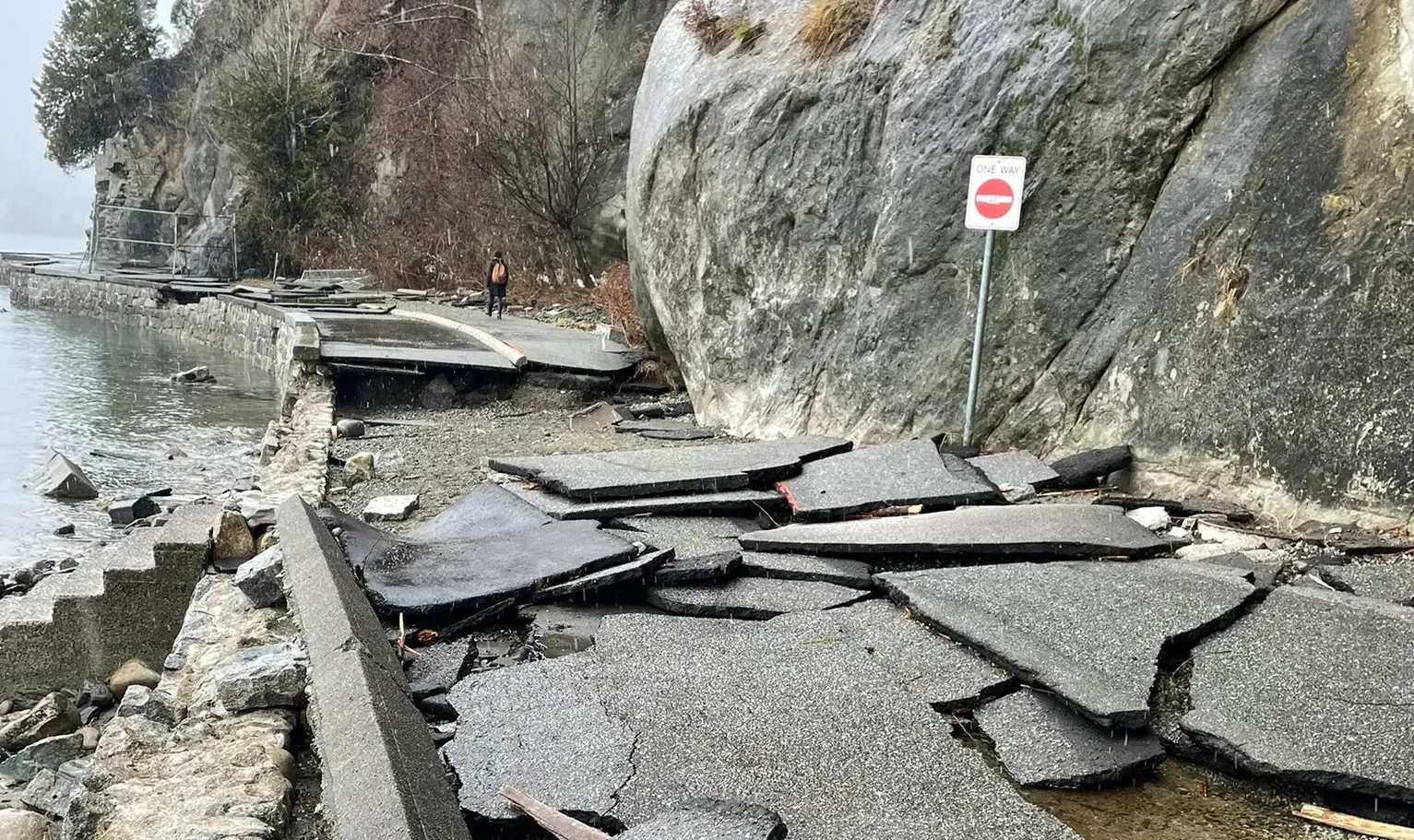
Key Takeaways:
- Seawall damage can be caused by various factors, including severe weather, soil erosion, and poor maintenance.
- Failure to address seawall damage can significantly decrease property value and pose risks to surrounding areas.
- Regular maintenance and proper construction techniques can help prevent and mitigate seawall damage.
Introduction
Seismic activity plays a crucial role in the maintenance and construction of seawalls, especially in regions prone to earthquakes like California. Understanding the impact of seismic forces on seawalls is essential for property owners, investors, contractors, and companies.
Seismic activity in coastal areas can subject seawalls to significant stress and potential damage. Property owners and contractors must consider the seismic risk when planning, designing, and building seawalls along the coastline. For
seawall builders, ensuring that seawalls are designed to withstand seismic forces is paramount. Regular
seawall inspections and maintenance are crucial to detect and address any seismic-induced weaknesses in seawall structures, ultimately safeguarding properties and coastal areas from the impact of earthquakes.
Understanding Seawalls
Seawalls are structures built along waterfront properties to protect against erosion and flooding.
These coastal barriers are vital in safeguarding properties from the relentless forces of the sea. Seawalls act as a shield against erosive waves and tides, preventing land loss and structural damage.
The construction process involves meticulous planning, design, and implementation to ensure optimal protection. Seismic activity is a crucial factor considered during construction to enhance the seawall's resilience.
More About Seawalls
Engineers meticulously design seawalls to withstand the immense forces exerted by the crashing waves and shifting tectonic plates common in seismic zones. The
materials used in constructing seawalls, such as concrete, steel, and rebar, ensure their durability and resilience. Regular seawall inspections are essential to identify any potential weaknesses or damages, enabling prompt maintenance or repairs to maintain their protective functions effectively.
Common Causes of Seawall Damage
Seawall damage can result from various factors, including severe weather conditions, soil erosion, and waterline failure.
Severe weather conditions like
hurricanes, storms, and high tides can exert immense pressure on the seawall structure, leading to cracks and breaches. In addition, continuous soil erosion along the coastline weakens the foundation of the seawall, making it vulnerable to collapse.
Waterline failures due to plumbing issues or inadequate drainage can also contribute to the deterioration of the seawall over time. Seawall contractors play a pivotal role in assessing the damage, determining the appropriate repair methods, and executing necessary reinforcements to ensure the long-term stability of the seawall. Failure to address these issues promptly can exacerbate the damage, potentially compromising the entire coastal protection system. In regions prone to seismic activity, the risk of seawall damage increases, underscoring the importance of proactive maintenance and regular inspections.
Severe Weather Conditions
Severe weather conditions, including storms and high waves, can exert tremendous pressure on seawalls, especially in saltwater environments susceptible to corrosion and erosion.
When faced with the relentless force of high waves and strong winds, seawalls are put to the test. The constant battering from the salty ocean water can accelerate the process of corrosion, weakening the structural integrity of these coastal defenses. In areas where seismic activity is also a factor, the combination of natural forces can further compromise the stability of seawalls, making them vulnerable to sudden collapse.
Soil Erosion
https://files.autoblogging.ai/images/what-causes-seawall-damage(kkxg).jpg_01.jpeg
Soil erosion poses a significant threat to the stability of seawalls, underscoring the importance of proper engineering design and maintenance, including the functionality of weep holes for water drainage.
By understanding the impact of erosion on the structural foundation, engineers can implement innovative solutions to counteract potential risks. This involves designing robust drainage systems, such as weep holes, to mitigate excess water pressure that could compromise the structure's stability.
By incorporating seismic-resistant features into seawall constructions, engineers can enhance resilience and longevity, ensuring the protection of coastal communities.
Waterline Failure
Waterline failure, often due to hydrostatic pressure from rising tides or groundwater, can compromise the structural integrity of seawalls, necessitating immediate repairs to prevent further damage.
When waterline failure occurs, the hydrostatic pressure exerts immense force against the seawall, weakening its foundations and potentially leading to catastrophic consequences. The continuous onslaught of this pressure can gradually erode the wall, making it susceptible to failure during high tides or in the presence of seismic activity. Engineers must carefully consider the impacts of hydrostatic pressure on seawalls when designing and reinforcing these structures to ensure long-term stability.
Clogged Vents and Weep Holes
Clogged vents and weep holes can impede proper water drainage in seawalls, leading to increased pressure and potential damage.
Proper maintenance of seawall structures is crucial for their longevity and effectiveness in coastal protection. Seawall inspections not only help in early detection of any potential issues but also ensure that vents and weep holes are clear and functioning correctly.
Clear vents allow excess water to drain out efficiently, reducing the risk of waterlogging and structural damage. The application of polyurethane foams can help seal any cracks or gaps, further preventing water infiltration and reinforcing the seawall's integrity.
Poor Seawall Maintenance
Neglecting regular maintenance of seawalls can lead to accelerated deterioration, impacting not only the property value but also posing safety risks for investors and property owners, necessitating proactive upkeep measures.
When seawalls are not properly maintained, they are more susceptible to damage from the continuous battering of waves and inclement weather conditions. This can result in structural weaknesses that compromise the integrity of the seawall, leading to erosion and potential collapse. Without timely intervention, such deteriorations can escalate, necessitating costlier repairs or even complete reconstruction.
Natural Disasters
Natural disasters such as earthquakes and tsunamis can cause catastrophic damage to seawalls, leading to cap failures and structural breaches that require immediate attention and repair.
Seawalls are critical infrastructures designed to protect coastlines and communities from the relentless forces of nature. When these defenses are compromised, the consequences can be severe, jeopardizing lives and properties. Cap failures, which occur when the protective surface of the seawall is breached, expose the underlying structure to further damage, increasing the vulnerability to subsequent threats.
Seismic activity, often associated with earthquakes, poses a significant risk to these coastal barriers, putting them under immense stress and strain. It is crucial for authorities to swiftly address any damage to seawalls to prevent widespread devastation and mitigate future risks.
Cap Failures
Cap failures in seawalls, often exacerbated by age-related degradation and seismic activity, can compromise the overall structural integrity and effectiveness of the barrier, necessitating immediate remediation.
When caps fail, they expose the underlying structures to the relentless forces of the water, leading to accelerated erosion and potential collapses. Age-related degradation weakens the cohesion of materials over time, making them more susceptible to stress and strain from seismic movements.
This confluence of factors highlights the critical importance of regular inspections and proactive maintenance to detect early signs of wear and address them promptly.
Polyurethane Seawall Repair
Polyurethane seawall repair methods, offered by companies like Kalvin & Calvin, provide effective solutions for addressing cracks, leaks, and structural weaknesses caused by seismic activity and other damaging factors.
These repair techniques utilize specialized polyurethane materials that possess exceptional bonding properties, allowing them to seamlessly fill and seal cracks and voids in seawalls. By injecting the polyurethane directly into the affected areas, the repair process becomes efficient and minimally invasive, helping to avoid costly and time-consuming traditional repair methods.
One significant advantage of polyurethane repair is its ability to provide long-lasting protection against future seismic activity and other stressors.
The flexible nature of polyurethane allows it to adjust to the natural movements of the seawall, reducing the likelihood of new cracks forming due to ground shifts or vibrations.
Effects of Seawall Damage on Property Value
https://files.autoblogging.ai/images/what-causes-seawall-damage(kkxg).jpg_10.jpeg
Seawall damage can significantly impact the value of waterfront homes, creating concerns for investors and property owners who rely on the structural integrity of these barriers to protect their assets.
Seawalls play a crucial role in safeguarding coastal properties from erosion, flooding, and storm surges. When these protective structures are compromised, the coastal areas become vulnerable to increased risks, leading to potential losses in property values.
Investors in waterfront real estate understand that maintaining the stability of seawalls is essential to ensure long-term property appreciation and mitigate financial risks. Property owners also face challenges when dealing with seawall damage, as it not only affects the property's value but also poses safety concerns for residents.
Identifying Signs of Seawall Failure
Recognizing the signs of seawall failure, such as visible cracks, bulges, or shifting, is crucial for early intervention to address issues like hydrostatic pressure and anchor degradation that can compromise the barrier's effectiveness.
These indicators can provide valuable insights into the structural integrity of the seawall, indicating potential weaknesses that need immediate attention. Hydrostatic pressure is a major factor that can lead to failure, exerting immense force on the structure and causing deformation over time.
Steel anchors play a significant role in anchoring the seawall into the ground, offering stability against external forces. If these anchors degrade or corrode, the overall structural support of the seawall diminishes, making it vulnerable to collapse under increased pressure.
Hydrostatic Pressure
Hydrostatic pressure exerted by saltwater against seawalls can lead to structural stress and instability, highlighting the need for effective design and materials to withstand such forces in coastal environments prone to seismic activity.
When seawalls are subjected to the relentless force of saltwater pressure, the materials they are made of are put to the test. Saltwater exposure not only causes corrosion and erosion of the structure but also increases the risk of water intrusion, compromising the integrity of the seawall. In regions prone to seismic activity, the combination of hydrostatic pressure and ground movement can magnify the challenges faced by these coastal defenses.
Therefore, it is imperative to employ robust design and high-quality materials that can resist the corrosive effects of saltwater and withstand the dynamic forces of seismic events.
Salt from the Ocean
Saltwater intrusion from the ocean can accelerate concrete deterioration in seawalls, compromising their structural integrity and effectiveness in protecting coastal properties from erosion and flooding exacerbated by seismic activity.
The presence of saltwater in contact with concrete seawalls initiates a series of chemical reactions, leading to the breakdown of the material over time. The chloride ions present in seawater penetrate the concrete, causing corrosion of the reinforcing steel within.
This phenomenon, known as chloride-induced corrosion, weakens the structural components of the seawall, making it more susceptible to the forces of waves and tides. In regions prone to seismic activity, such deterioration can significantly heighten the risk of failure during earthquakes, further endangering coastal infrastructure.
Improper Construction of Seawalls
Inadequate or substandard construction practices can lead to structural weaknesses in seawalls, underscoring the critical role of skilled engineers in ensuring proper design, materials, and installation methods that can withstand seismic forces and environmental stresses.
Improper construction techniques such as poor soil compaction or using inadequate materials can compromise the durability and effectiveness of seawalls, putting coastal communities at risk of erosion and flooding. Skilled engineers are essential in assessing the environmental conditions and seismic risks of a location to develop customized solutions that enhance the resilience of seawall structures.
Without the expertise of engineers familiar with the complexities of coastal engineering, the repercussions of suboptimal design and construction can be severe.
Age-Related Degradation
As seawalls age, components like steel anchors can deteriorate, compromising the structural stability and effectiveness of the barrier, especially in regions prone to seismic activity where regular inspections and maintenance are crucial to prevent failures.
Steel anchors serve as critical elements in the overall integrity of seawall structures, providing essential support and resistance against the forces of the sea. Over time, due to environmental exposure and the natural corrosion process, these anchors can weaken, leading to potential vulnerabilities in the entire seawall system.In areas prone to seismic activity, the impact of aging on steel anchors is further magnified, as the unpredictable nature of earthquakes can exacerbate existing structural weaknesses.
Preventative Measures for Seawall Maintenance
https://files.autoblogging.ai/images/what-causes-seawall-damage(kkxg).jpg_11.jpeg
Proactive preventative measures for seawall maintenance is essential for investors and contractors to ensure the long-term structural integrity and functionality of these coastal barriers, especially in regions prone to seismic activity.
Investors play a crucial role in financing the upkeep of seawalls, understanding that regular maintenance not only preserves their investment but also safeguards coastal communities from potential disasters.
Contractors, on the other hand, are instrumental in executing these maintenance plans, utilizing their expertise to conduct inspections, repairs, and reinforcement work as necessary.
Collaboration between investors and contractors is key to preempting costly structural failures and ensuring the overall resilience of seawalls in the face of environmental challenges.
Conclusion
Understanding the complex interplay between seismic activity, seawall construction, and maintenance is paramount for property owners, investors, and contractors to uphold the safety and value of coastal properties in vulnerable regions like Florida.
Frequently Asked Questions
What causes seawall damage?
Seawall damage can be caused by a variety of factors, including natural wear and tear, extreme weather events, and human impacts.
Does age play a role in seawall damage?
Yes, age can be a contributing factor to seawall damage. Over time, seawalls can weaken and become more vulnerable to damage.
Can extreme weather events damage seawalls?
Absolutely. Severe storms, hurricanes, and other extreme weather events can cause significant damage to seawalls and their surrounding structures.
What human activities can cause seawall damage?
Human activities such as improper construction, heavy use of machinery near the seawall, and erosion from nearby development can all contribute to seawall damage.
Can small cracks in a seawall lead to bigger problems?
Yes, even small cracks in a seawall can eventually lead to larger structural issues if left untreated. It is important to address any damage to a seawall as soon as it is noticed.
How can I prevent or reduce the risk of seawall damage?
Regular maintenance and inspection of your seawall can help prevent or reduce the risk of damage. This includes repairing any cracks or weak spots, as well as monitoring the surrounding area for potential erosion or other impacts.
